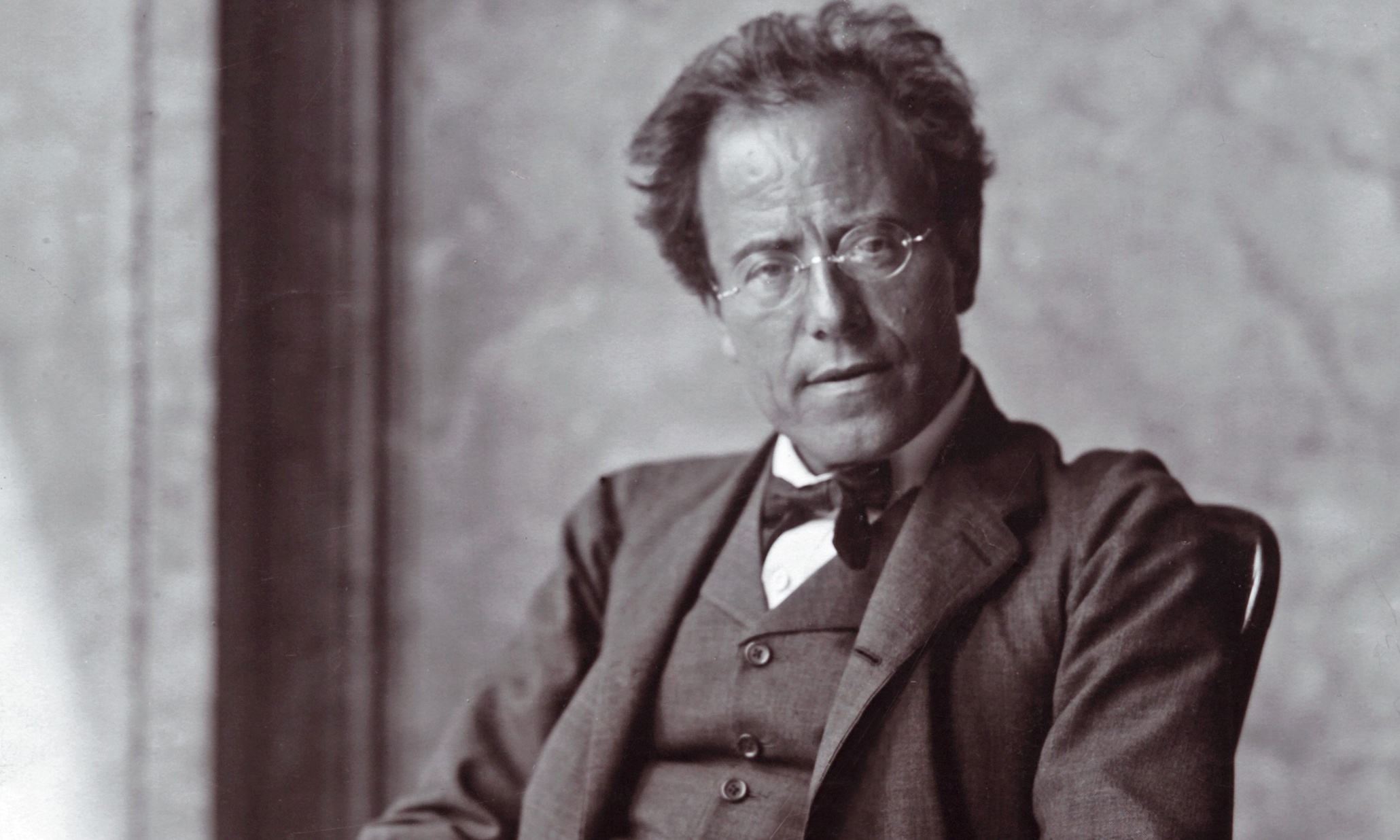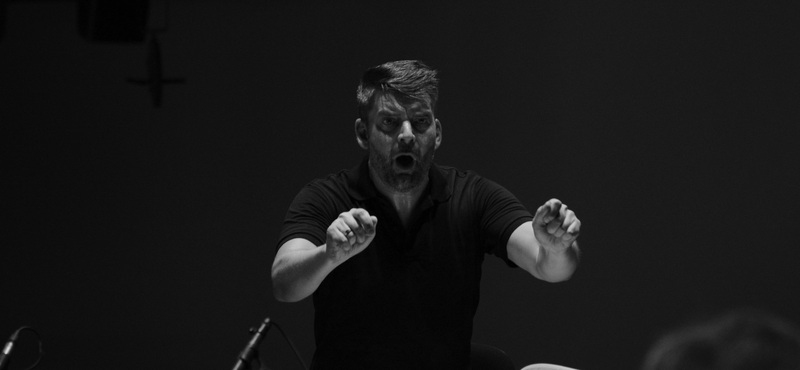Isn't it Romantic?

Markus Stenz, the Principal Guest Conductor of the Baltimore Symphony Orchestra, has a way of bringing out the very best in this orchestra. His main gig is as Chief Conductor of the Netherlands Radio Philharmonic Orchestra, and his career has largely been based in Europe, but his appearances with the BSO leave such an impression that it’s a wonder his name doesn’t appear regularly on wish lists whenever there’s a vacancy at the top of a major American orchestra. I have no idea what the musicians think of him, but from a seat in the audience, Stenz might be the best-kept secret in the American orchestral music scene. His talents were again displayed Thursday night at Strathmore, where he led the BSO in marvelous performances of Arnold Schoenberg’s Pelléas und Mélisande and Brahms’ Piano Concerto No. 1, with Lars Vogt (another musician who also doesn’t quite get his due with American audiences) as the soloist.
Both of these works are tricky. The Brahms concerto is so overplayed it’s often bludgeoned into a thudding, boring mess, and Schoenberg’s Pelléas has one foot firmly placed in the Romantic tradition while the other kicks forcefully at the door of the Second Viennese School. The challenge is to remind listeners why the Brahms rose to such prominence in the first place and to question why Schoenberg’s receives such infrequent performances. The website Bachtrack lists more than 30 performances of the Brahms concerto happening around the globe during the next two months, and only four for Schoenberg’s Pelléas, all outside the U.S. (even Fauré’s version gets more attention).
Some of the neglect of Schoenberg’s “symphonic poem” based on Maeterlinck’s fairy tale is surely due to the composer’s misleading reputation as a composer of difficult atonal music, and perhaps also in part because it calls for an enormous orchestra (eight horns, expanded wind and brass, two sets of timpanis, four harps, lots of percussion), but so do many pieces by Mahler and Strauss. Certainly Stenz and the BSO made a case for it last night, clearly delineating themes of character and establishing a narrative arc, the tone of which was easy to follow without needing a deep understanding of the source material.
To the extent it’s possible, the Brahms was a revelation, and give equal credit to Stenz and Vogt for that. The gargantuan first movement seems stuffed with 100 different ideas, and at first they come off like strangers in a packed elevator, all doing their very best not to acknowledge the others while heading to their destinations. But Stenz brought what usually strikes me as a turgid mess into a clear, discernible structure of themes, turning them inside out, bringing them out into the light and making them shine. It took awhile (that first movement is ridiculously long), but the payoff was worth it and the piece began to glow by the time the movement reached its over-the-top conclusion. When Vogt finally came in, he brought his characteristic restraint, creating a stately contrast. The piano has struggle against the orchestra in this work to make room for itself, and Vogt’s approach makes the listener lean in to pay attention. It’s a testament to his artistry that he can pull it off, but he does.
The nostalgic and meditative second movement was a welcome respite, but Vogt kicked off the third at something of a breakneck piece, with Stenz and the orchestra in fast pursuit. Vogt scampered through its dance between beauty and bombast, displaying an exceptional right hand that became a blur over the keys. By the time the movement signaled its impending conclusion with its strings and brass homage to Beethoven, I was finally converted. For the first time, I genuinely enjoyed a performance of this piece.
Two performances remain, Friday and Saturday, 8:00 PM, at Baltimore’s Joseph Meyerhoff Symphony Hall.
Get tickets and information here.





